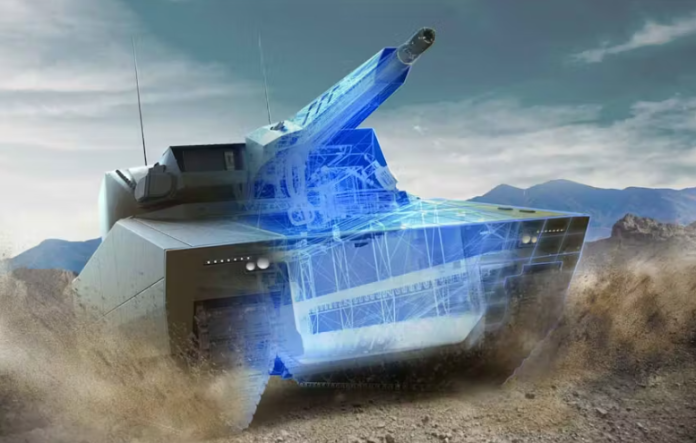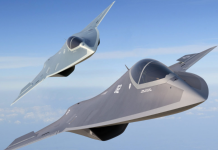U.S. Army land warfare experts are narrowing down the number of defense contractors seeking to design next-generation fast armored combat vehicles and electronics architecture to replace the Army M2 Bradley Fighting Vehicle.
Officials of the Army Contracting Command at Detroit Arsenal in Warren, Mich., announced two separate contracts Tuesday — collectively worth nearly $1.6 billion — to American Rheinmetall Vehicles LLC in Sterling Heights, Mich.; and to General Dynamics Land Systems in Sterling Heights, Mich., to build prototypes of the Optionally Manned Fighting Vehicle (OMFV).
The OMFV will be able to operate with or without a human crew and will emphasize advanced electronics, machine autonomy for operating in an unmanned mode, a 30-millimeter cannon, and a second-generation forward-looking infrared (FLIR) sensor system for fighting at night, in bad weather, or in smoke and haze.
Phase-two OMFV contractors not named this week to move to the program’s third and fourth design phases are the BAE Systems Platforms & Services segment in Sterling Heights, Mich.; Oshkosh Defense LLC in Oshkosh, Wis.; and Point Blank Enterprises Inc. in Miami Lakes, Fla.
The OMFV is part of a future family of Army combat vehicles encapsulated in the Next-Generation Combat Vehicle (NGCV) program to design several armored vehicles and electronics to add new capabilities to Army units and replace existing platforms that are nearing the end of their service lives.
The NGCV program contains the OMFV to replace the Bradley Fighting Vehicle; the Armored Multi-Purpose Vehicle (AMPV) to replace the M113 armored personnel carrier; the Mobile Protected Firepower (MPF) light tank for Infantry Brigade Combat Teams (IBCTs); the Robotic Combat Vehicle (RCV) of three unmanned ground vehicles in light, medium, and heavy configurations; and the Decisive Lethality Platform (DLP), the replacement for the M1 Abrams main battle tank.
The M-2 Bradley, which the OMFV is to replace, has been in service since 1981. It moves infantry on the battlefield and provides fire support and attacks enemy armored fighting vehicles. The Bradley is reaching the technological limits of its capacity to accommodate new electronics, armor, and defense systems.
Army leaders say the OMFV should be optionally manned, in that it must be able to conduct remotely controlled operations while the crew is not aboard. The future vehicle should have no more than two crewmen, and be able to carry as many as six infantry soldiers.
The C-17 cargo jet should be able to carry two OMFVs and have them ready for combat within 15 minutes of landing. The new vehicle should be able to fight in urban terrain, super-elevate weapons, and simultaneously engage threats using a main gun and an independent weapons system.
The OMFV also should have sufficient protection to survive on today’s and tomorrow’s battlefields, and be able to carry extended-range medium-caliber, directed-energy, and missiles, and should be able to hand-off targets to infantry soldiers on foot, in vehicles, and to unmanned systems.
On these contracts American Rheinmetall and General Dynamics Land Systems will do the work in Sterling Heights, Mich., and should be finished by December 2027. For more information contact American Rheinmetall Vehicles LLC online at www.rheinmetall.com/en/company/subsidiaries/american-rheinmetall-vehicles, General Dynamics Land Systems at www.gdls.com, or the Army Contracting Command at Detroit Arsenal at https://acc.army.mil/contractingcenters/acc-dta/.





